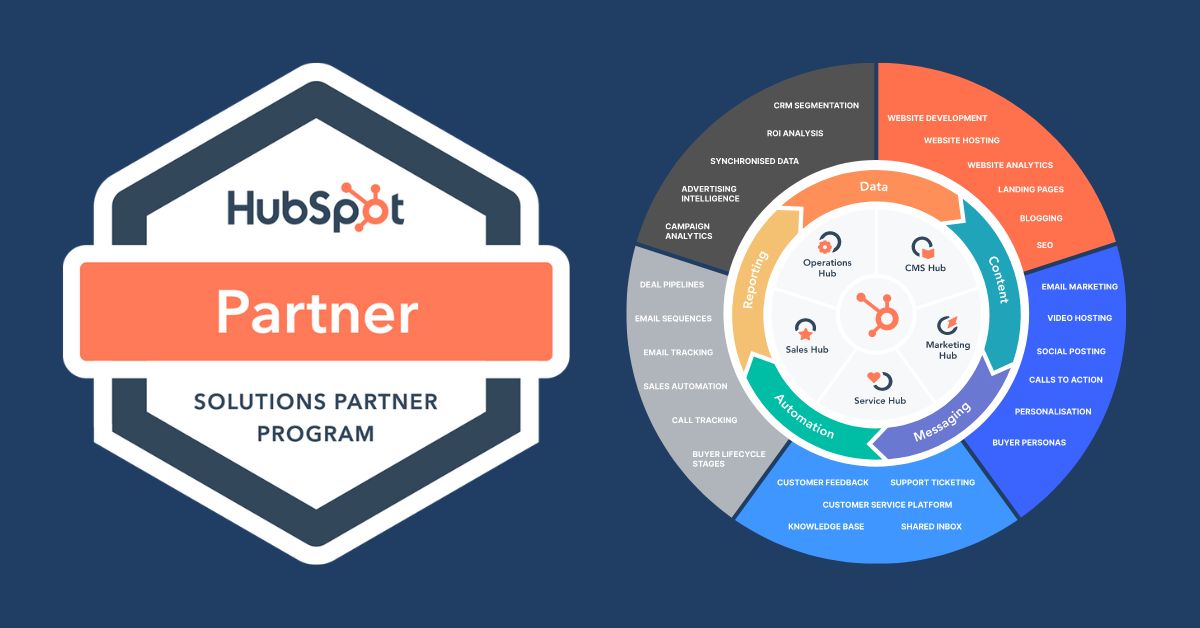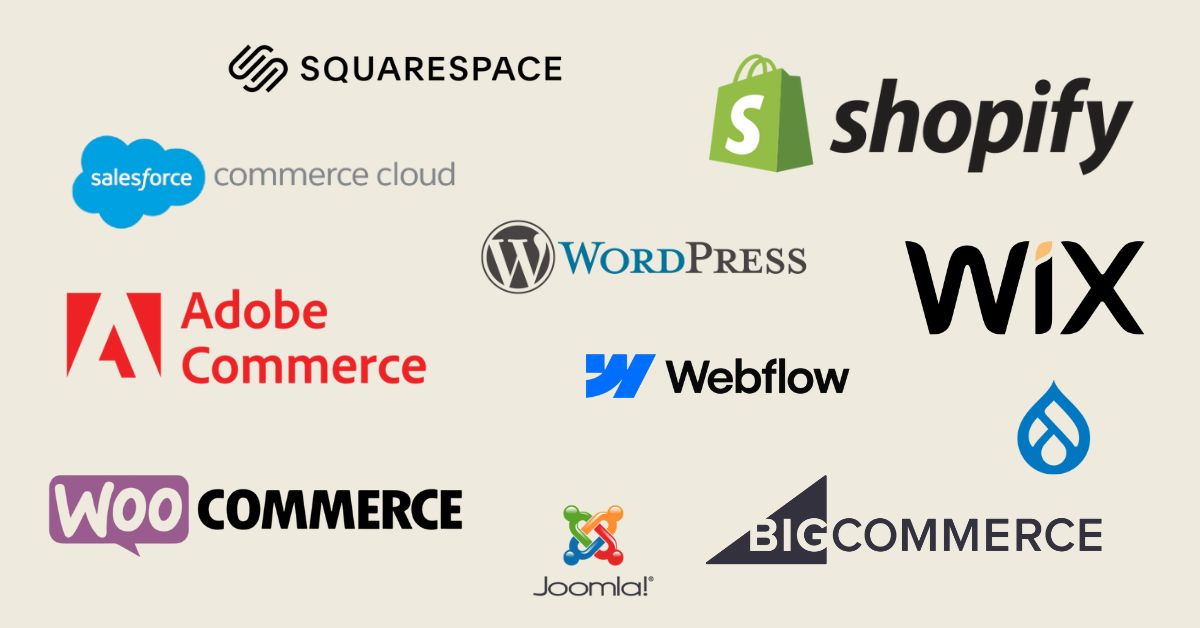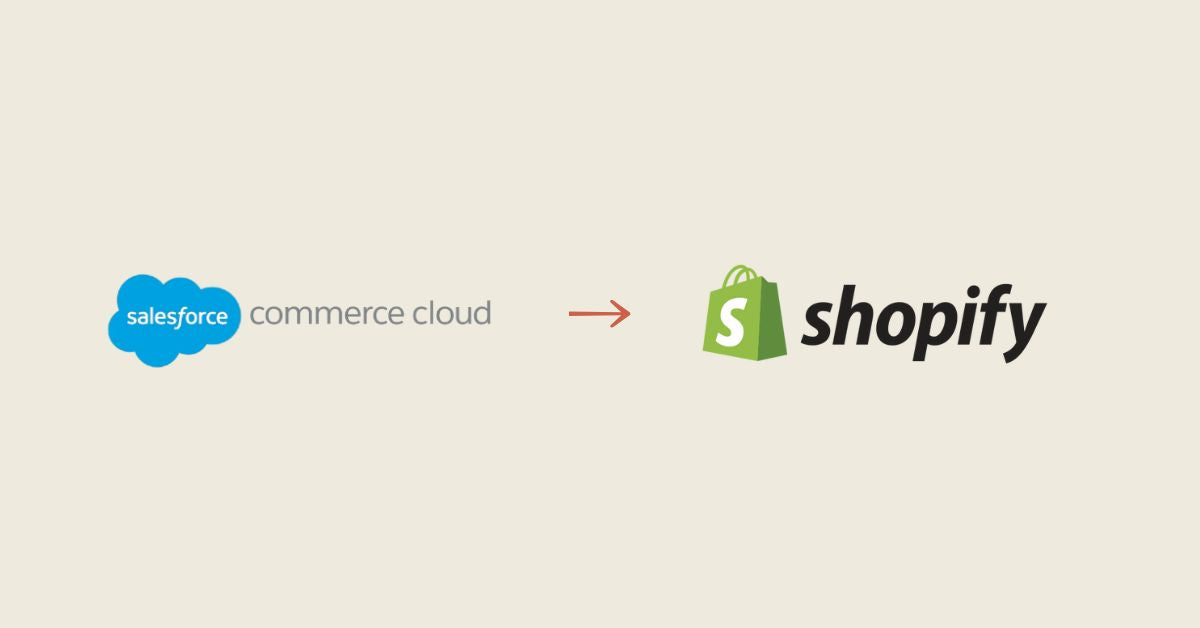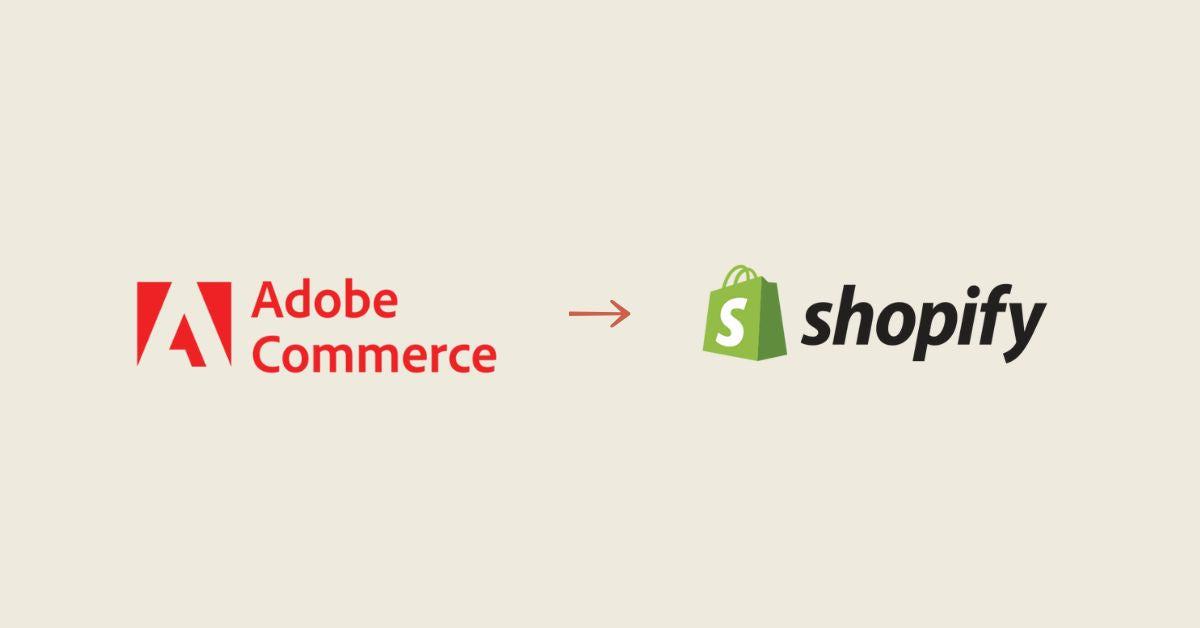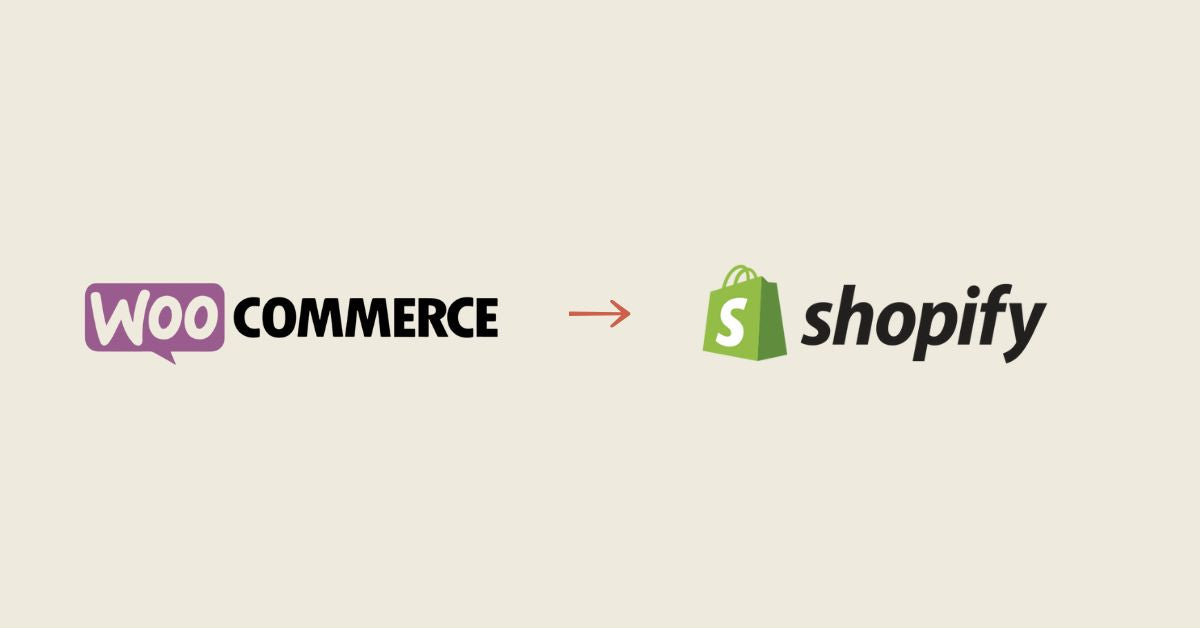A dominant force in the world of digital marketing and customer relationship management, Hubspot is founded on innovative principles of inbound marketing and a philosophy centered on customer growth , embodied by the cyclical flywheel model . .
Inbound Marketing: What is it?
Sometimes better known as Inbound Marketing , inbound marketing refers to a combination of customer-centric strategies and techniques, all aimed at attracting and engaging consumers with the aim of converting them into valuable potential customers for the company. 'business.
To better understand this method, here are the main elements of inbound marketing:
Creation of quality content
HubSpot 's content strategy revolves around creating relevant and useful information. Let's take the example of a blog. Thanks to an effective article, it is possible to answer specific questions from Internet users, providing detailed data or solutions to their problems. This strategy creates intrinsic value for the reader, thereby establishing trust and authority in the field.
Natural referencing strategies (SEO)
SEO , also known as organic SEO, plays a crucial role in inbound marketing. By optimizing a blog post with keywords searched by the target audience, for example, it becomes possible to improve the visibility of the content in search results. It is good to note that SEO strategies also include building quality backlinks and technical optimization of the website for search engines.
Email Marketing and Automation
Also one of the key elements of Inbound Marketing , email marketing allows you to send personalized messages based on user behavior. For example, if a visitor downloads a guide to a website, an automated system may subsequently send that person a series of emails related to that topic, for example offering additional information or suggesting relevant products.
Flywheel HubSpot: a customer-centric growth philosophy
HubSpot 's flywheel model , also called the inbound cycle , represents a revolution in the way businesses can now approach customer relationship management. By seamlessly integrating marketing, sales and customer service into a seamless cycle , this model is structured around three key phases: attract , engage and convert . As each phase is closely linked to specific HubSpot modules , this is a good example of how the platform facilitates and reinforces these essential interactions.
Phase of attraction
In the attraction phase , the goal is to attract new prospects to the business by creating informative and engaging content. At this stage, inbound marketing is already taking on its full dimension.
In this sense, businesses that focus on creating a quality blog are statistically more likely to see a positive return on investment. To illustrate this, a small local roastery could, for example, share tips for preparing the perfect coffee through practical articles and informative videos.
This approach not only attracts coffee lovers to their website, but also establishes the company's authority in its field. For this phase, HubSpot's Marketing Hub and CMS Hub play an important role, helping to manage web content and optimize online presence for SEO and social media. At this stage, the role of the marketing department is essential, as it helps create and distribute content that attracts prospects, while collecting valuable data useful to sales teams.
Engagement phase
The next step in the inbound cycle is engagement . During this phase, prospects are converted into customers thanks to information and solutions adapted to their needs. Returning to the example of the coffee roasting company, this step could be represented by an offer of free samples or by interactive demonstrations of coffee machines, thus aiming to promote prospect engagement. .
Here, HubSpot's Sales Hub and Marketing Hub modules are particularly useful, helping to manage lead contacts and sales channels respectively, in addition to running automated email campaigns. The sales department then plays a major role, using the information previously collected to adopt personalized and effective sales approaches .
Loyalty phase
To complete the wheel, comes the loyalty phase . This step aims to provide an exceptional customer experience in order to convince current customers that they were right to do business with the company, and thus transform them into promoters of your brand. Building customer loyalty is a crucial step in Hubspot's flywheel method, subsequently allowing you to recruit new customers and build on previous experiences. Note, for example, that improving retention rates by just 5% can be enough to significantly increase a company's profits.
To return to the example of the coffee company, it would be possible for it to send personalized user guides after purchase, to ask for opinions from current consumers, and of course to offer a customer service. responsive customer service to ensure customer satisfaction .
At this stage, HubSpot's Service Hub and CRM Hub play a key role, enabling effective customer service management and continuous monitoring of customer interactions. Within the company, the customer service department will be able to ensure the quality of after-sales service, while the marketing department will use customer feedback to improve and adapt the product offering.
Although distinct, each phase of this cycle feeds off the others and helps to further strengthen them, creating a perpetual movement capable of driving business growth. This flywheel model , supported by the various HubSpot modules , allows companies of all sizes to maintain growth dynamics by focusing not only on the acquisition of new customers, but also on the satisfaction and loyalty of existing customers. This comprehensive approach means that every customer interaction, whether in marketing, sales or customer service, contributes significantly to the prosperity and success of the company.
HubSpot digital technologies and their value impact
The impact of digital technologies on inbound marketing and Hubspot 's flywheel model are part of the very nature of the platform. Unlike other types of solutions that rely more on the integration of external technologies, HubSpot stands out for its native development . This approach therefore means that all tools and features are designed to work together, cohesively and integrated, providing a smooth and frictionless user experience from the start of use.
Artificial intelligence and automation , integrated into the platform, also allow more precise and deeper analysis of customer data. This leads to accurate forecasts of customer needs, personalized recommendations and more targeted marketing campaigns. This native integration allows for more seamless updates and enhancements , avoiding the complications sometimes associated with integrating third-party solutions.
Impact and integration of third-party technologies in HubSpot
While it offers a comprehensive suite of features, the platform also recognizes the importance and value of third-party technologies. Through the integration of these external technologies , Hubspot aims to provide a more enriched customer experience, allowing businesses to further personalize their experience and their own strategies on the platform.
These third-party integrations can, for example, include accounting tools, social media management solutions, ERP systems, or advanced data analysis platforms. Incorporating these technologies thus offers businesses the flexibility to combine the robustness of HubSpot with solutions even more specific to the industry or business needs. This allows for greater personalization , increased efficiency , and an improved customer experience .
In short, by combining the native design of HubSpot with the ability to integrate third-party solutions, we obtain an even more powerful platform with impressive adaptation capabilities. This synergy provides businesses with valuable flexibility to optimize marketing, sales and service, while providing a better experience for each customer.
The importance of data analysis
Data analytics at HubSpot goes way beyond just collecting information. It aims to better detect various market trends, understand customer behavior, and evaluate the effectiveness of marketing strategies. In this sense, HubSpot provides a suite of advanced analytical tools that allow companies to closely monitor customer interactions, ranging from their first clicks on the website to their recurring purchasing habits.
Through these tools, Hubspot provides a deeper insight into customer preferences and behaviors, which is essential for developing personalized and targeted marketing strategies .
By analyzing user navigation data on its website, a company can, for example, identify the most visited pages and the most viewed products, subsequently making it possible to refine content and offers to better meet customer interests. .
Additionally, data analytics in HubSpot helps measure the effectiveness of marketing campaigns in real time, providing businesses with the ability to quickly adjust their strategies to maximize engagement and conversion. Detailed reports and customizable dashboards provide valuable insights into campaign performance, marketing channel effectiveness and ROI, contributing to more informed decisions and better strategies.
Integration of teams and tools thanks to Hubspot
Among the many advantages of HubSpot, the harmonious integration of all these components is definitely one of them. Fundamental to the success of the flywheel model , it contributes to coherence and collaboration between the various departments at the heart of the company.
The HubSpot platform can thus be seen as a central point, facilitating the transition from prospects to loyal customers. For example, when a marketing team generates a lead through an inbound marketing campaign , relevant information about this potential customer is automatically shared with the sales team. They can then access a complete history of the prospect's interactions with the company, allowing them to offer a more personalized and effective sales experience .
Once the prospect officially becomes a customer, relevant information is then effortlessly transferred to customer service. This ensures that the customer service team always remains well informed about the customer journey in order to have all the tools on hand to continue to offer an exceptional experience. This well -timed transition strengthens the customer's trust in the company, thereby increasing the chances of loyalty and positive recommendations.




